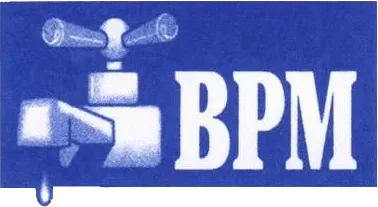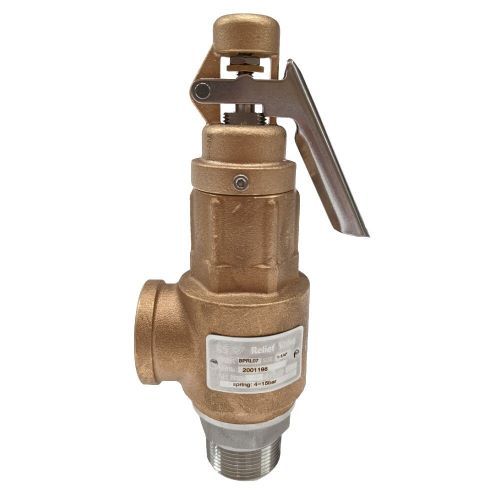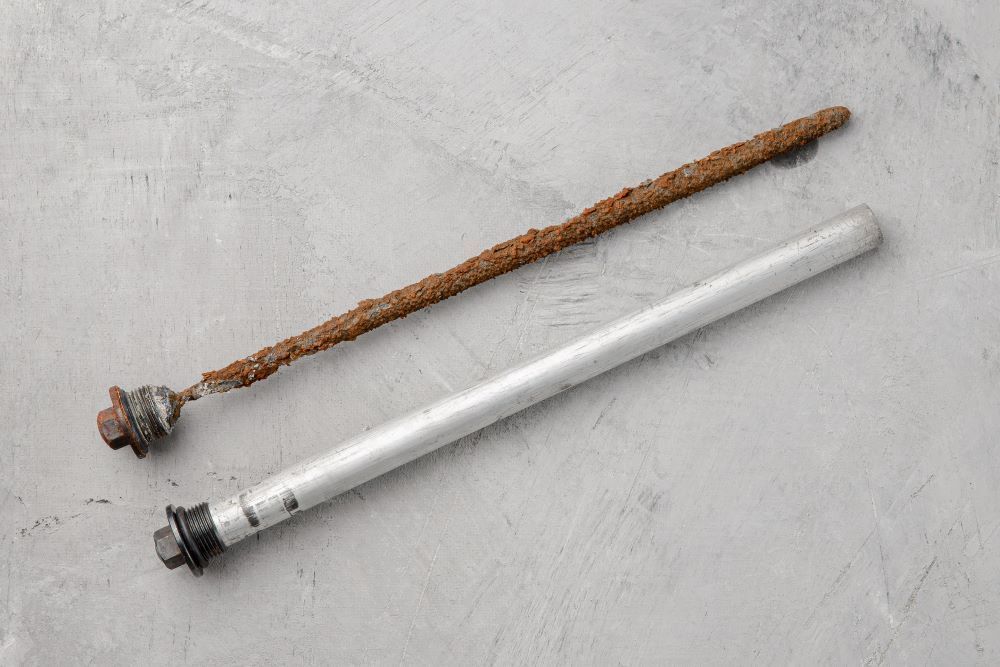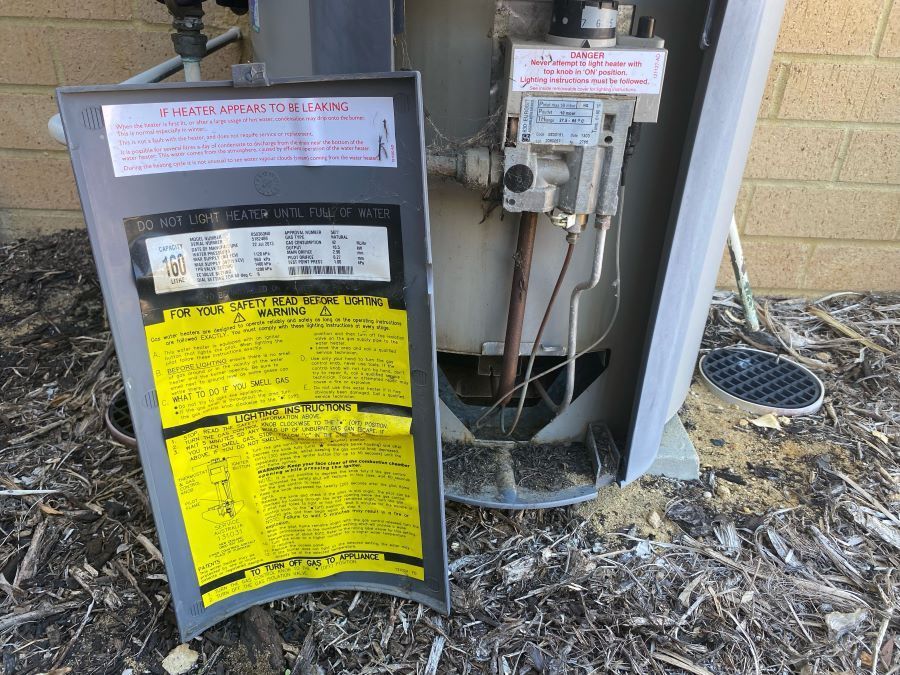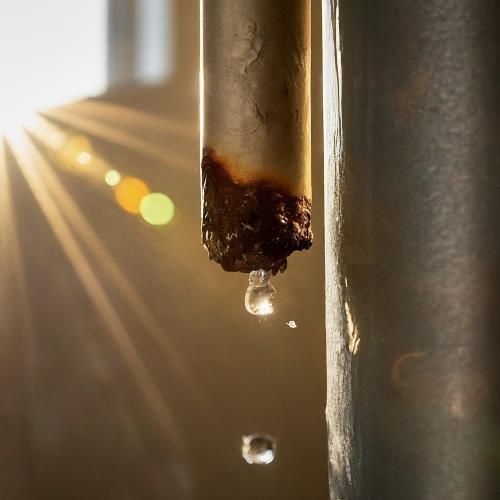Hot Water Relief Valve 101: What Every Homeowner Needs to Know
What is a pressure relief valve?
A pressure relief valve, also known as a T&P valve plays a crucial role in ensuring safety in plumbing and heating systems, especially those that involve hot water. Its primary function is to prevent the buildup of excessive pressure, which can be hazardous and may even cause system failures or accidents.
How a pressure relief valve works?
The hot water pressure relief valve is designed to continuously monitor the pressure within the system to which it is attached, such as a water heater or boiler.
Each hot water relief valve is set to a specific pressure point, often determined by regulatory standards or system requirements. This set point is the maximum pressure that the system can safely handle. When the pressure within the system exceeds the set point, the pressure relief valve automatically opens. This opening allows excess pressure and, in some cases, hot water or steam to escape, thereby reducing the internal pressure of the system.
The valve discharges the excess pressure (and possibly water or steam) into a safe location, often directed through a discharge pipe. This release of pressure prevents the potential dangers associated with overpressure, like explosions or system damage.
After activating, the valve typically resets itself automatically once the pressure falls back below the set point. Some systems, however, may require manual resetting or inspection after the valve has opened.
Please be aware that operating certain pressure equipment in South Australia requires a high-risk work licence. This includes standard boilers above 150 kW (unless certified compliant to AS 2593 for unattended operation) and advanced boilers above 150 kW (unless certified compliant to AS 2593 for unattended operation).

Why is a pressure relief valve important in a hot water system?
The primary function of a pressure relief valve in a hot water system is to prevent the buildup of excessive pressure. When water is heated, it expands, which increases the pressure within the system. Without a means to release this excess pressure, there is a risk of the system, such as a water heater or boiler, becoming over-pressurised.
Overpressure can cause equipment failure, and in the case of water heaters, it can lead to leaks, ruptures, and even explosions. A pressure relief valve acts as a safety device that averts such failures by releasing excess pressure. Installing a pressure relief valve is not just a practical safety measure but often a legal requirement as well.
Thermal expansion is a common phenomenon in hot water systems. As water heats up, it expands, and if there is no room for this expansion, the pressure inside the system can increase rapidly. The pressure relief valve helps to manage this thermal expansion by allowing the excess water and pressure to escape.
Sometimes, system malfunctions, such as a malfunctioning thermostat, can cause the water temperature to rise excessively, leading to dangerous levels of pressure. The pressure relief valve acts as a backup safety device in such scenarios.
For homeowners, having a functional hot water relief valve provides peace of mind, knowing that their hot water system has a built-in safety mechanism to prevent dangerous overpressure situations. Regularly functioning pressure relief valves also contribute to the longevity of hot water systems by preventing stress and damage due to overpressure.
How do I know if my pressure relief valve is working properly?
Determining whether your pressure-relief valve is working properly is important for the safety and efficiency of your hot water system. Here are some guidelines to help you assess the functioning of your pressure relief valve.
Signs of proper functioning
- No Leaks or Drips. A properly functioning pressure-relief valve should not leak or drip water under normal operating conditions.
- Response to Testing. Periodic testing is essential. When you lift the test lever on the valve (usually done annually), water should flow freely out of the valve and stop when you release the lever. This indicates that the valve is opening and closing as it should.
- No Unusual Noises. A functioning valve should operate quietly without any hissing, banging, or rumbling sounds, which can indicate internal issues.
Indicators of a malfunctioning valve
- Constant Dripping or Leaking. If the valve drips or leaks constantly, it might not be sitting correctly, indicating a malfunction or that it's time for a replacement.
- No Water Discharge During Testing. If no water, or only a trickle, comes out when you test the valve, it might be blocked or malfunctioning. It's crucial to address this immediately as it means the valve might not relieve pressure in an overpressure scenario.
- Rust or Corrosion. Visible signs of rust or corrosion on the valve body or discharge pipe can indicate internal deterioration, which might affect the valve's operation.
- Frequent Opening without High Pressure. If the valve opens frequently without any signs of high pressure in the system, it may be set incorrectly or could be failing.
- No Response to Pressure Changes. In cases where you know the system pressure has exceeded safe limits (e.g., through a pressure gauge reading) and the valve hasn't opened, it's a clear sign that the valve is not functioning properly.
Steps to take if hot water relief valve is malfunctioning
Consult a professional! If you suspect that your pressure-relief valve is not working correctly, it's advisable to consult a licensed plumber or heating technician. Attempting to repair or replace a pressure-relief valve without proper knowledge can be dangerous. Regular maintenance by a professional can help identify issues before they become serious problems.
If in Adelaide, contact Best Plumbing hot water specialists for hot water system inspections, repairs and maintenance.
How often should a pressure relief valve be tested or replaced?
Testing and replacing a pressure-relief valve at appropriate intervals is important for ensuring the safety and efficiency of your hot water system. Here are guidelines on how often these tasks should be performed.
Testing frequency
- Annual testing. It is generally recommended that pressure-relief valves be tested at least once a year. This testing ensures that the valve opens and closes properly and is not blocked.
- Testing procedure. Testing typically involves lifting the test lever on the valve and observing if water is discharged properly. When you release the lever, the water flow should stop, indicating the valve is functioning correctly.
- After significant system changes. Besides annual testing, it's also wise to test the valve after any significant repairs, alterations, or after a noticeable change in the system's performance.
Replacement Frequency
- According to manufacturer's guidelines. Always refer to the manufacturer's guidelines for specific replacement timelines. Different models may have different life expectancies.
- Typical lifespan. As a general rule, pressure-relief valves should be replaced every 3 to 5 years, even if they appear to be in good condition. Over time, valves can wear out or become less responsive.
- Signs needing replacement. Immediate replacement is necessary if the valve shows signs of malfunction, such as constant leaking, no water discharge during testing, visible corrosion, or if it fails to open at the set pressure.
Additional considerations
- Professional inspection. If you are unsure about the condition of your valve or if your testing indicates a potential problem, it's wise to have it inspected by a professional.
- Upgrades. If there have been significant advancements in valve technology or changes in local building codes, it may be beneficial to replace your valve even if it hasn't reached the end of its typical lifespan.
Regular testing and timely replacement of the pressure-relief valve are essential practices for maintaining a safe and functional hot water system. Adhering to these guidelines helps prevent potential safety hazards and ensures that your system operates efficiently. For local plumbers in Adelaide contact (08) 8261 0165.
